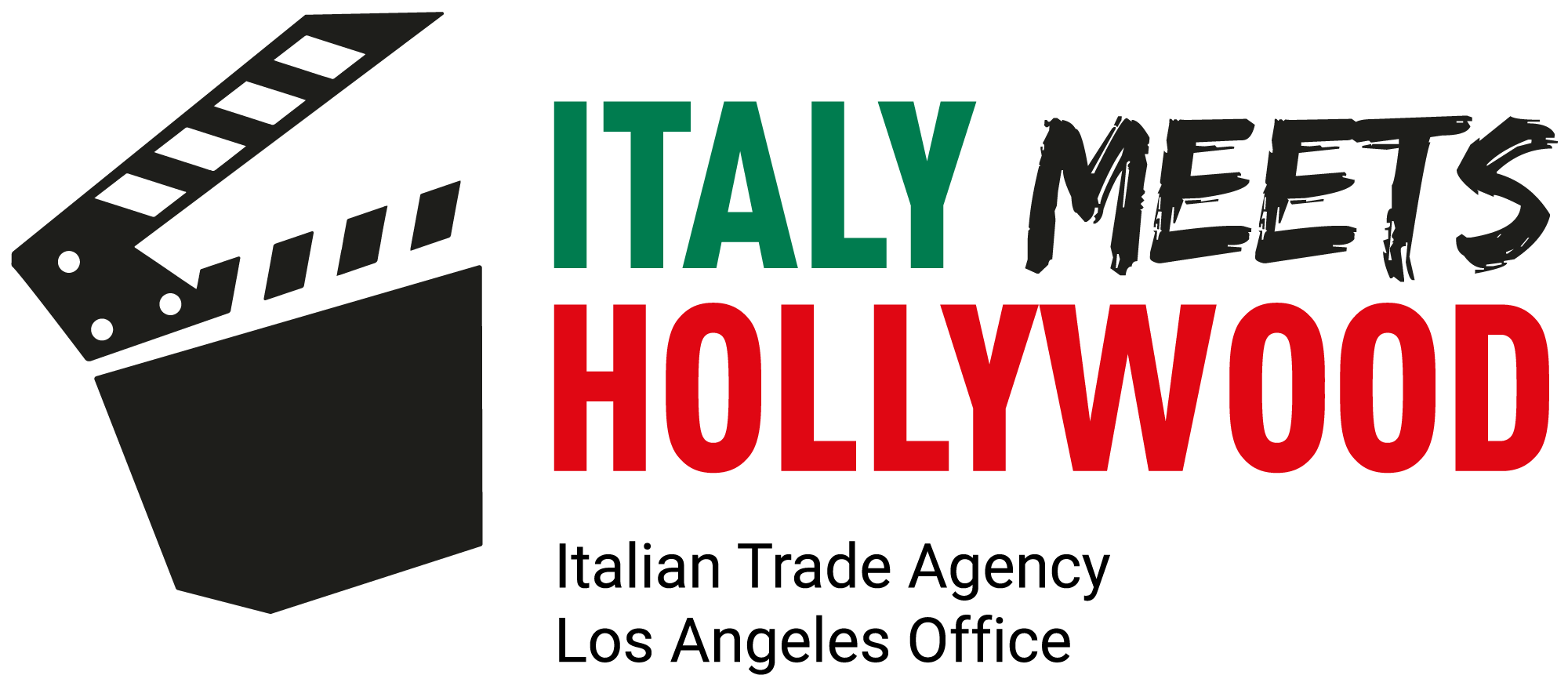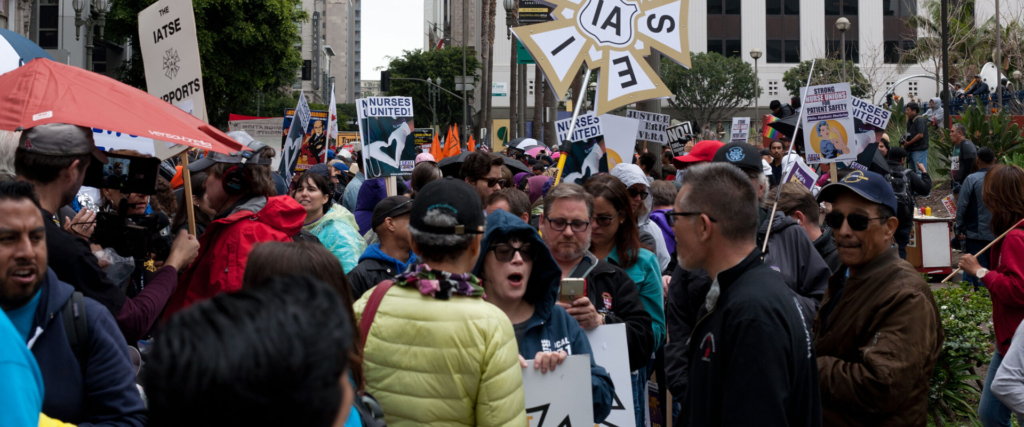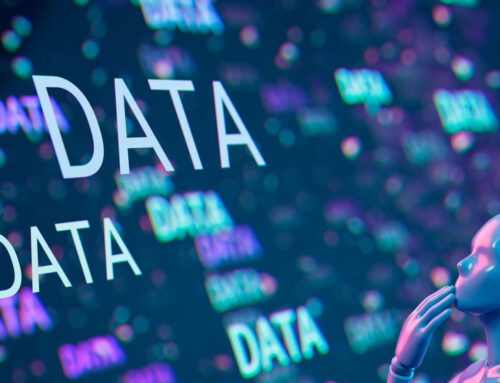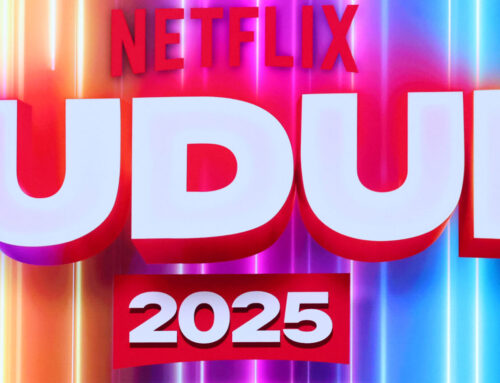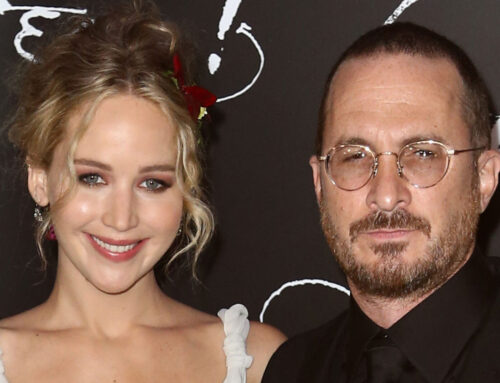Streaming Bundles: Can They Revive Pay-TV’s Golden Days?
Streaming bundles are gaining traction, offering a fresh take on the old cable TV model. As media companies seek to attract and retain customers, they are forming partnerships to offer discounted packages of their streaming services. This summer, Disney and Warner Bros. Discovery (WBD) are set to launch a Disney+-Hulu-Max bundle. Following this, Disney, WBD, and Fox Corp. will introduce the Venu Sports bundle of live channels in the fall. In a similar vein, Comcast recently rolled out StreamSaver, which bundles Peacock, Netflix, and Apple TV+ at a 35% discount for its TV and broadband customers. WBD’s CEO JB Perrette described the Disney-WBD bundle as “a powerful new road map for the future of the industry.”
But how effective will these streaming bundles be? Unlike the all-encompassing cable packages of the past, today’s consumers prefer more flexibility. “It all started with Netflix going direct-to-consumer” says Frank Boulben, Verizon’s chief revenue officer. “Once you do that, you cannot do those forced bundles”. Verizon, for example, offers its wireless customers discounted bundles, like Netflix with Max and Disney+ with ESPN+. Boulben notes, “It’s a big difference from the traditional cable TV bundle where you get 200 channels and you only watch 15.”
Morgan Stanley analyst Ben Swinburne views these new bundles as part of a “streaming market repair”. While they help reduce customer churn, they also mean lower revenue per subscriber. For WBD’s David Zaslav, synthetic bundles, where services are not integrated into one app, could reduce the need for companies to spend heavily on content. “There’s a lot of irrationality in the market that’s getting shaken out in terms of the amount of money spent” Zaslav said.
Another driving factor for these partnerships is the push towards ad-supported streaming. “Advertising works when you can achieve reach — and that’s determined by how many subscribers you have,” says John Harrison, EY’s Americas media and entertainment leader. However, some analysts remain skeptical. “It’s hard to see how these bundles will appeal to a large enough number of people to make a material difference,” says Colin Dixon, founder of ScreenMedia.
In addition, companies like Charter Communications are integrating streaming into traditional TV packages, offering services like Disney+ and ESPN+ at no extra charge to enhance their premium TV tiers. Traditional pay-TV bundles face further decline as Disney plans to launch a standalone ESPN streamer by 2025. According to eMarketer’s Ross Benes, streaming bundles will likely accelerate cord-cutting. Comcast’s bundle with Netflix, Peacock, and Apple TV+ indicates a shift from traditional TV to enhancing internet service offerings.
In this evolving landscape, streaming bundles are reshaping the way content is packaged and consumed, offering more choice and flexibility, but it’s uncertain if they can recreate the glory of pay-TV’s heyday.
Share:
Streaming bundles are gaining traction, offering a fresh take on the old cable TV model. As media companies seek to attract and retain customers, they are forming partnerships to offer discounted packages of their streaming services. This summer, Disney and Warner Bros. Discovery (WBD) are set to launch a Disney+-Hulu-Max bundle. Following this, Disney, WBD, and Fox Corp. will introduce the Venu Sports bundle of live channels in the fall. In a similar vein, Comcast recently rolled out StreamSaver, which bundles Peacock, Netflix, and Apple TV+ at a 35% discount for its TV and broadband customers. WBD’s CEO JB Perrette described the Disney-WBD bundle as “a powerful new road map for the future of the industry.”
But how effective will these streaming bundles be? Unlike the all-encompassing cable packages of the past, today’s consumers prefer more flexibility. “It all started with Netflix going direct-to-consumer” says Frank Boulben, Verizon’s chief revenue officer. “Once you do that, you cannot do those forced bundles”. Verizon, for example, offers its wireless customers discounted bundles, like Netflix with Max and Disney+ with ESPN+. Boulben notes, “It’s a big difference from the traditional cable TV bundle where you get 200 channels and you only watch 15.”
Morgan Stanley analyst Ben Swinburne views these new bundles as part of a “streaming market repair”. While they help reduce customer churn, they also mean lower revenue per subscriber. For WBD’s David Zaslav, synthetic bundles, where services are not integrated into one app, could reduce the need for companies to spend heavily on content. “There’s a lot of irrationality in the market that’s getting shaken out in terms of the amount of money spent” Zaslav said.
Another driving factor for these partnerships is the push towards ad-supported streaming. “Advertising works when you can achieve reach — and that’s determined by how many subscribers you have,” says John Harrison, EY’s Americas media and entertainment leader. However, some analysts remain skeptical. “It’s hard to see how these bundles will appeal to a large enough number of people to make a material difference,” says Colin Dixon, founder of ScreenMedia.
In addition, companies like Charter Communications are integrating streaming into traditional TV packages, offering services like Disney+ and ESPN+ at no extra charge to enhance their premium TV tiers. Traditional pay-TV bundles face further decline as Disney plans to launch a standalone ESPN streamer by 2025. According to eMarketer’s Ross Benes, streaming bundles will likely accelerate cord-cutting. Comcast’s bundle with Netflix, Peacock, and Apple TV+ indicates a shift from traditional TV to enhancing internet service offerings.
In this evolving landscape, streaming bundles are reshaping the way content is packaged and consumed, offering more choice and flexibility, but it’s uncertain if they can recreate the glory of pay-TV’s heyday.
